All products featured are independently chosen by us. However, SoundGuys may receive a commission on orders placed through its retail links. See our ethics statement.
Nothing Ear (3) vs Nothing Ear (2024): Should you upgrade?
September 27, 2025
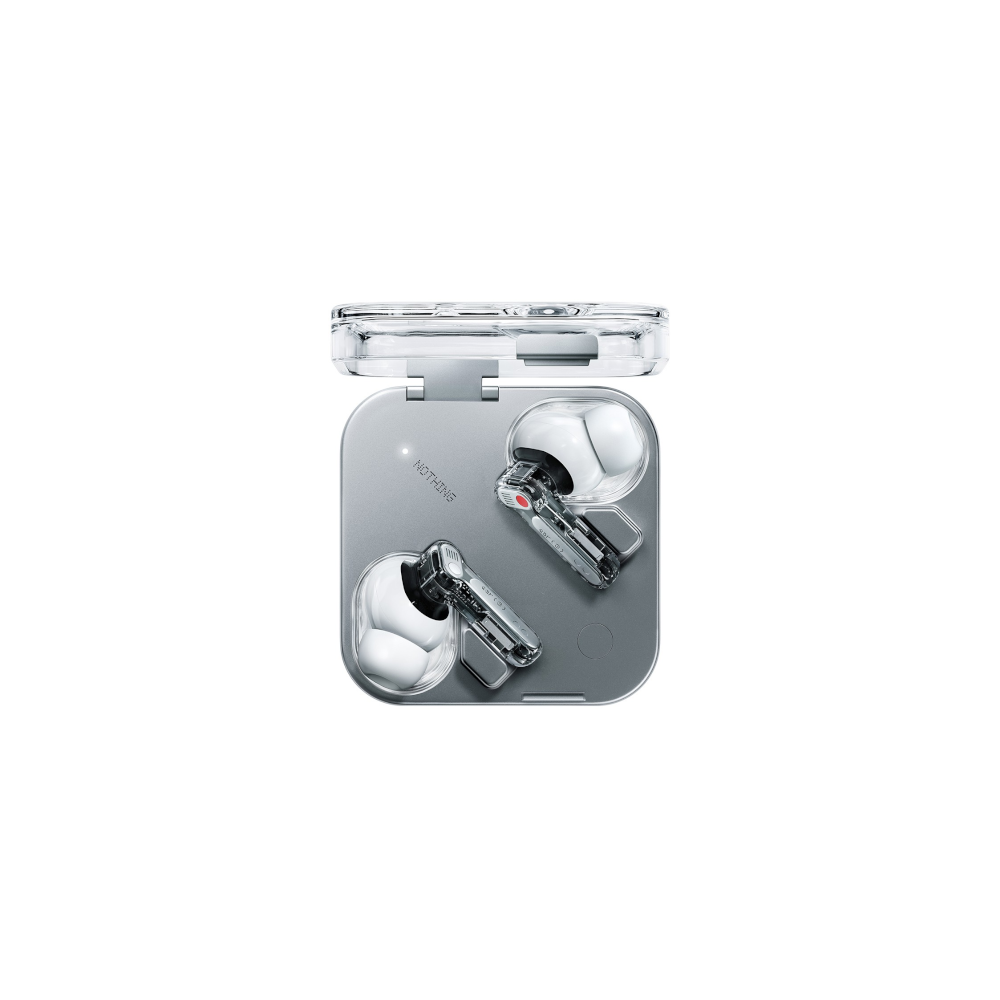



Nothing has built a reputation on pairing striking designs with genuinely solid earbuds. But with the Nothing Ear (3) and the Nothing Ear sitting so close in price, choosing between them isn’t simple. On paper, the Ear (3) brings a premium case, a quirky “Super Mic,” and stronger ANC. Meanwhile, the older Ear scores higher in sound quality, lasts longer on a charge, and supports more codecs.
So, which is right for you? Let’s break it all down in this Nothing Ear (3) vs Nothing Ear comparison.
This article was originally published on September 27th, 2025, and this is the first version.
What’s it like to use the Nothing Ear (3) compared to the Nothing Ear?
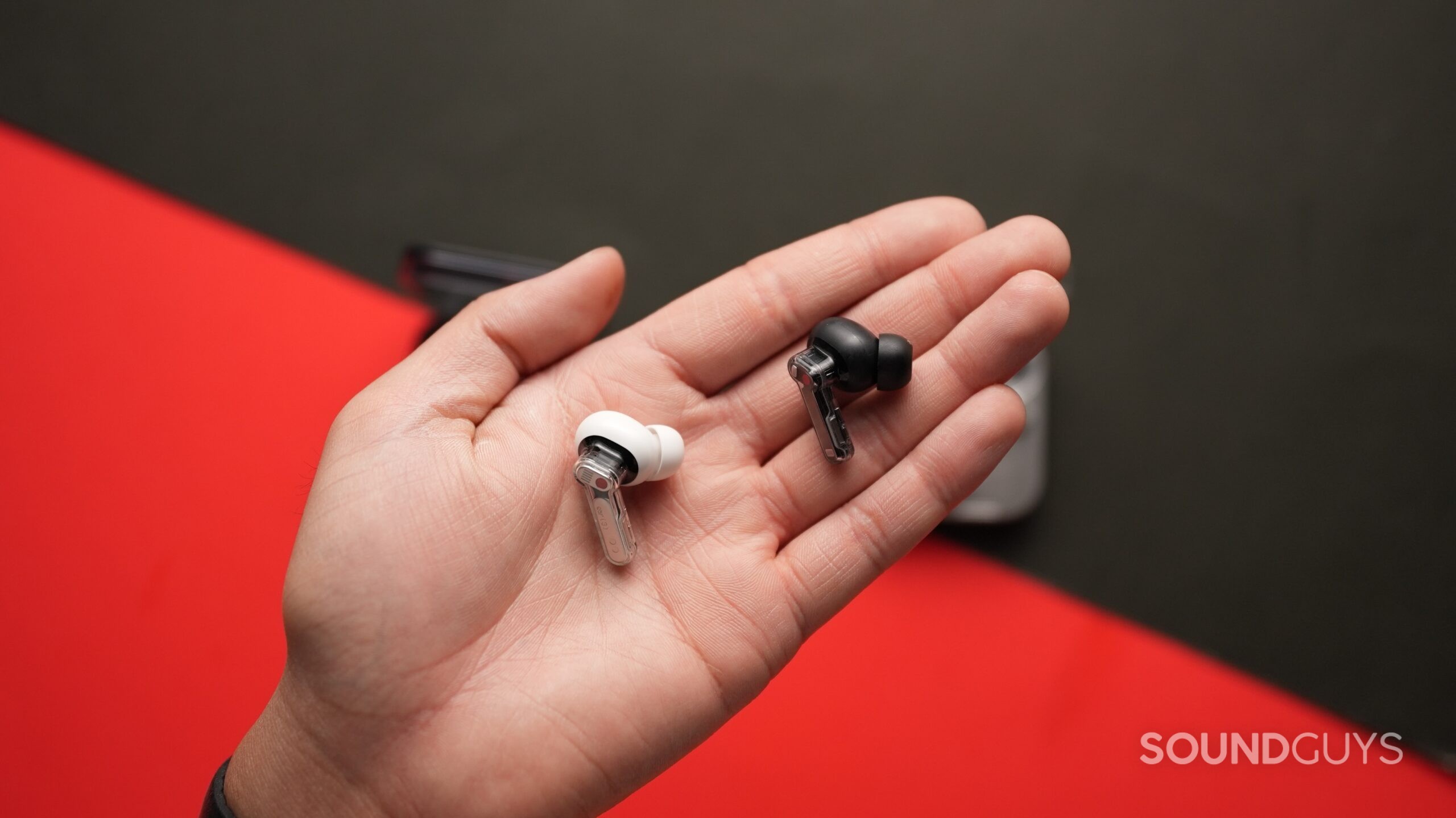
In daily use, both earbuds carry the same transparent design language, but the Ear (3) feels more premium. Its case combines a transparent lid with a recycled aluminum base and visible metal accents inside the earbuds. This gives them a heftier, more durable feel compared to the lighter, plastic-based Nothing Ear. Comfort is a strong suit for both models—the Ear (3) fit more securely in my ears thanks to the angled stem design, while the lighter Ear were easier to forget I was wearing over long sessions.
Both earbuds come with an IP54 rating for dust and water resistance, but the Nothing Ear’s case edges ahead with an IP55 rating. The Ear (3) adds a lanyard loop, though I’ve never found a reason to hang my earbuds from my bag. As for controls, both use pinch gestures on the stem, which I prefer over tap systems. The Ear (3) lets you remap most gestures in the app, while the Ear keeps things simple with mirrored controls on both sides.
| Action | Control |
|---|---|
Single pinch | Play/Pause |
Double pinch | Skip forward |
Triple pinch | Skip back |
Pinch & hold | Noise control |
Double Pinch & hold | No action |
| Left earbud | Right earbud | |
|---|---|---|
Single pinch | Left earbud Play/pause, answer/end call | Right earbud Play/pause, answer/end call |
Double pinch | Left earbud Skip forward, decline call | Right earbud Skip forward, decline call |
Triple pinch | Left earbud Skip back | Right earbud Skip back |
Pinch and hold | Left earbud Noise control | Right earbud Noise control |
Do the Nothing Ear (3) or Nothing Ear have more features?
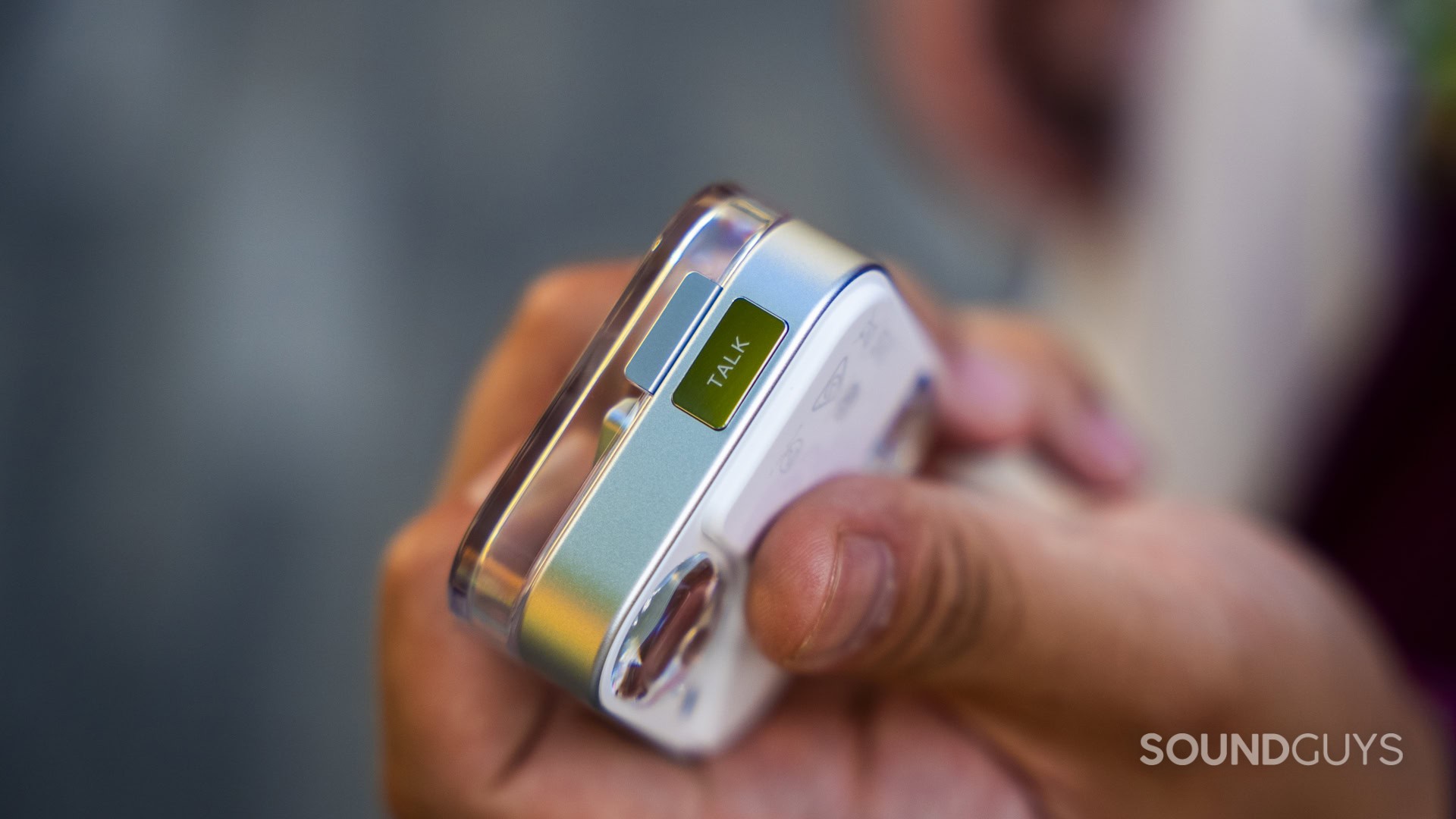
This is where the Ear (3) leans hard on novelty. The headline act is the Super Mic, which turns the charging case into a walkie-talkie-style microphone. While it worked well for recording voice memos and even transcribing them on a Nothing Phone, it felt awkward to hold up the case during calls. App support is excellent for both, with customizable controls, fit tests, and advanced EQ. The Ear (3) also offers QR-code EQ sharing, which is a fun way to trade profiles.
The Nothing Ear still pack plenty of features despite their age. You get both a simple and full parametric EQ, a Mimi-powered Personal Sound Profile, and even Bass Enhance with multiple levels for sub-bass emphasis. Exclusive to the Ear is ChatGPT integration when paired with a Nothing phone, though in practice, I found it more gimmicky than genuinely helpful. If you want the safer, more polished set of features, the Nothing Ear win out. If you’re adventurous and like experimenting, the Ear (3) might appeal more.
How do the Nothing Ear (3) and Nothing Ear connect?
The Ear (3) adopt Bluetooth 5.4, which is slightly more future-proof than the Ear’s Bluetooth 5.3. Both support multipoint and low-latency gaming modes, but codec support diverges. The Ear (3) stick to SBC, AAC, and LDAC, while the Ear also support LHDC at up to 1Mbps, making them a stronger pick for audiophiles who want maximum resolution. In my testing, LDAC ran smoothly on both models when paired with Android phones.
Connection stability was better on the Ear (3), especially in busy environments. The Nothing Ear occasionally dropped signal when paired with an iPhone in crowded areas, though performance on Android was fine. Both benefit from Google Fast Pair and Microsoft Swift Pair, making setup quick. If codec flexibility matters to you, the Nothing Ear win here. If you want rock-solid stability, the Ear (3) take the edge.
Is battery life better on the Nothing Ear (3) or Nothing Ear?
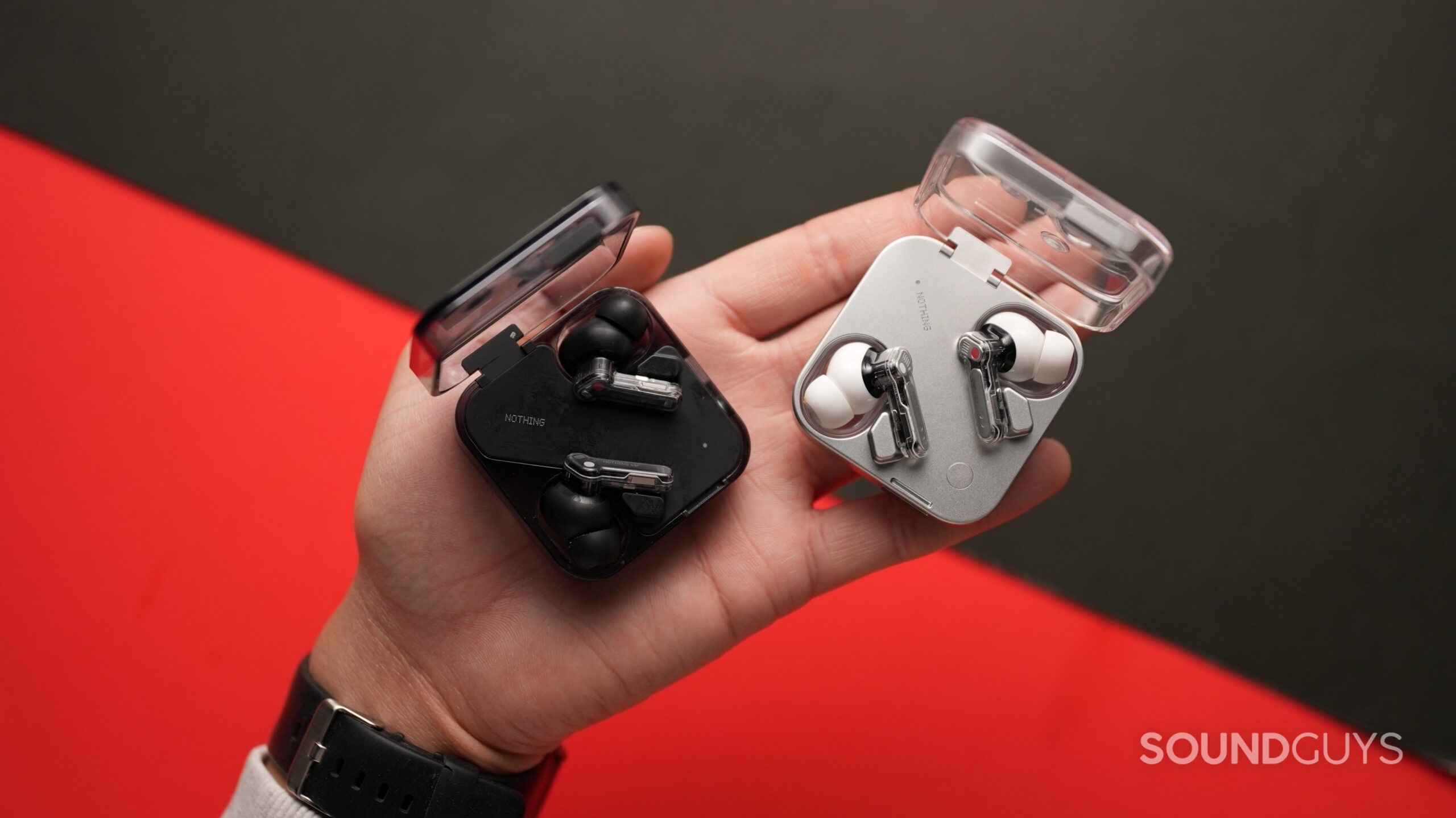
Battery life is an easy win for the older model. In our testing, the Nothing Ear lasted 8 hours and 4 minutes on a single charge, with up to 40 hours total using the case. By contrast, the Ear (3) managed just 5 hours and 12 minutes with ANC on, and 22 hours total with the case. Both support wireless charging and USB-C fast charging, giving you around 10 hours of playback from a 10-minute top-up.
In real-world use, I found myself reaching for the Ear (3)’s charger far more often. While they make up ground with fast charging, the Ear remain far more reliable if you want to go multiple days without worrying about a power outlet. If battery life is a priority, the Nothing Ear are the clear choice.
Do the Nothing Ear (3) or Nothing Ear block noise better?
Loading chart ...
In combination with a good fit which improves passive isolation, the Ear (3) offer stronger ANC overall, with up to 35dB of attenuation in low frequencies and 38dB in higher ranges. In practice, they reduced ambient noise by about 82%, putting them close to the top performers in the category. That said, they were more susceptible to wind interference, which often disrupted my downtown walks.
The Nothing Ear delivered around 20dB of attenuation in lows and 30dB in highs, cutting overall loudness by about 75%. While not as strong as the Ear (3), they fared better in consistency, thanks to a Smart ANC algorithm that adapts to fit and environment. Transparency mode is also more natural on the Ear, making them easier to use for quick conversations. If maximum ANC power is your goal, go for the Ear (3). If you want balance and reliable transparency, the Nothing Ear fit better.
Do the Nothing Ear (3) sound better than the Nothing Ear?
Both earbuds deliver energetic, bass-forward tunings, but they take different approaches. The Ear (3) exhibits strong bass strength and good width, but the elevated low end can mask midrange content. I was able to achieve a more balanced presentation using the excellent parametric EQ—again, thanks to their thorough EQ options, you can fully personalize the tuning.
The Nothing Ear, on the other hand, impressed me with its clarity and consistent channel balance. Their 11mm ceramic diaphragm drivers help enhance timbre, especially in the midrange and upper frequencies. While both sets lean into a consumer-friendly sound, the Nothing Ear deliver a more natural profile—though bass is still slightly boosted—that makes them the better choice for critical listening straight out of the box.
Multi-Dimensional Audio Quality Scores (MDAQS)

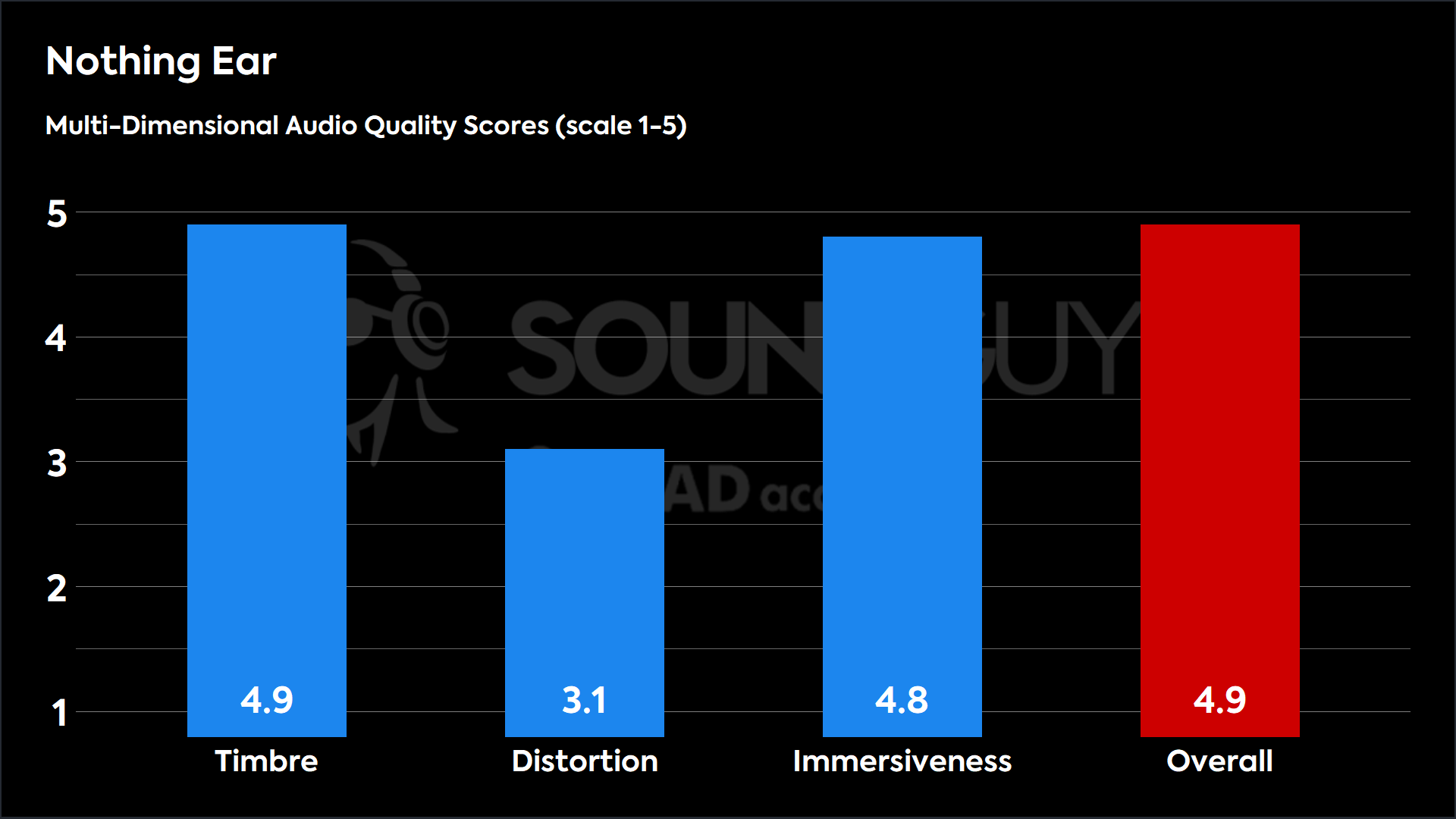
Hold up! Something’s different. The Multi-Dimensional Audio Quality Scores for the Nothing Ear (3) and Nothing Ear are not directly comparable due to a version difference between each reading. We’re still crunching the numbers on all of our previous samples to rectify this inconsistency soon.
- Timbre (MOS-T) represents how faithfully the headphones reproduce the frequency spectrum and temporal resolution (timing information).
- Distortion (MOS-D) represents non-linearities and added noise: higher scores mean cleaner reproduction.
- Immersiveness (MOS-I) represents perceived source width and positioning: how well virtual sound sources are defined in three-dimensional space.
Objective Measurements
Loading chart ...
Looking at the frequency response chart, it’s clear these earbuds sound pretty different from each other. Compared to our SoundGuys Preference Curve, the Ear (3) show a heavy bass boost and a pronounced dip in the mids, which explains why vocals can get lost without EQ adjustments. Treble is also elevated, giving the sound a crisp edge, but it risks sounding sharp on certain tracks. By contrast, the Nothing Ear follow our house curve much more closely—especially through the mids and upper treble—resulting in better tonal balance and clarity. That said, the bass is still overemphasized around 50Hz, giving them a slightly boomy low end out of the box.
Do the Nothing Ear (3) or Nothing Ear have a better microphone?
The Ear (3) introduce two microphone systems: the in-ear mics and the Super Mic on the case. In practice, neither blew me away. The Super Mic reduced clipping but sounded muffled, while the in-ear mics benefitted from bone-conduction sensors that helped differentiate voice from noise. Still, calls often came through less clear than I’d like, especially in windy environments.
The Nothing Ear keeps things simpler but more effective. Their three-mic system, combined with AI noise reduction, delivered cleaner calls overall. In my testing, background noise—especially wind and street sounds—was much less noticeable compared to the Ear (3). While voices were a bit muffled, intelligibility was consistently strong. For anyone taking frequent calls, the Nothing Ear is the safer bet. Take a listen to our samples below to hear for yourself.
Nothing Ear (3) microphone demo (Ideal conditions):
Nothing Ear microphone demo (Ideal conditions):
Nothing Ear (3) microphone demo (Windy conditions):
Nothing Ear microphone demo (Windy conditions):
Which microphone sounds better to you?
Nothing Ear (3) vs Nothing Ear : Price and availability
The Nothing Ear launched in April 2024 at $149 USD, while the Ear (3) arrived in September 2025 for $179 USD. That $30 premium buys you metal accents, slightly improved ANC, and the Super Mic. Both are widely available through Nothing’s site and major retailers.
Should you get the Nothing Ear (3) or Nothing Ear?
If you’re new to Nothing earbuds and want the flashiest design with the strongest ANC, the Ear (3) might appeal to you. They’re comfortable, customizable, and future-proof with Bluetooth 5.4. But the Super Mic feels unfinished, and the shorter battery life and bloated bass response makes them harder to recommend as a daily driver.
The Nothing Ear remain the smarter buy for most people. They sound better, last longer, and cost less, all while offering more flexible codec support. Unless you’re already invested in the Nothing ecosystem and want the latest design language, the Ear offer a better balance of performance and price. For most listeners, they’re the earbuds to get.
Would you buy the Nothing Ear (3) or the Nothing Ear? Let us know in the poll below!
Which earbuds would you buy?
Thank you for being part of our community. Read our Comment Policy before posting.